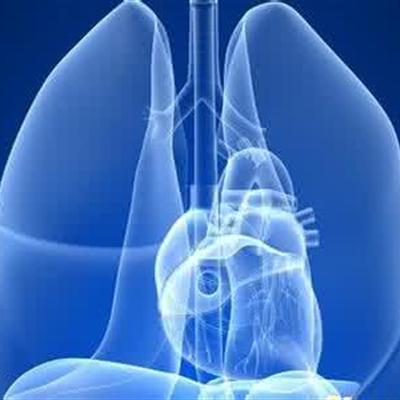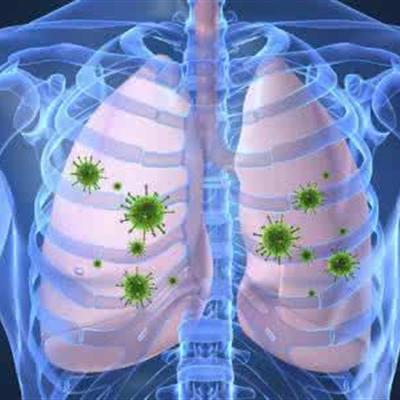How is pulmonary vasculitis treated?
summary
Vasculitis is a group of diseases with inflammatory changes of vascular wall as the main pathological manifestation, because this disease often has complications. Vasculitis can lead to vascular destruction, so it is sometimes called necrotizing vasculitis. Vasculitis includes a wide range of diseases, which can be primary vasculitis, or accompanied or secondary to other diseases; The blood vessels involved can be mainly arteries, or involve arteries, veins and capillaries at the same time. Now let's get to know how to treat pulmonary vasculitis? It's a matter of time.
How is pulmonary vasculitis treated?
First, the treatment of pulmonary vasculitis is mostly the same, no matter what the cause is, or limited to the lung or as part of systemic diseases, glucocorticoid and cyclophosphamide are still the main drugs.

Second: glucocorticoids can be taken orally with prednisone (prednisone) at a dose of 1mg / (kg · d), or intravenous methylprednisolone (methylprednisolone) at a dose of 250-1000mg / D for 3-5 days, and then changed to oral prednisone (prednisone) at the above dose, and then gradually reduced to withdrawal within 2-6 months according to the treatment response.

Third: cyclophosphamide is usually given orally at a dose of 2 mg / (kg · d) for 6-12 months, and then stopped gradually within a few months. For patients with respiratory failure requiring mechanical ventilation, cyclophosphamide can be given intravenously at a dose of 1G / m2, and changed to oral administration after 2-4 weeks. In this treatment scheme, about 20% of the patients can develop Pneumocystis carinii pneumonia, so it is suggested that the preventive drug, sulfamethoxazole? SMZco was used 3 days a week. The incidence of side effects such as infection, hemorrhagic cystitis, bladder tumor, bone marrow suppression, etc. increases with the prolongation of cyclophosphamide treatment. The incidence of bladder cancer in 145 WG patients treated with cyclophosphamide was 5% in 10 years and 16% in 15 years. The cumulative dose of cyclophosphamide more than 100 g or the total course of treatment more than 2.7 years can increase the incidence of bladder cancer.

matters needing attention
Long term use of immunosuppressants should be alert to pulmonary infection. The prognosis of pulmonary vasculitis is related to different disease types. The prognosis of CSS, NSG and BG is generally good. The survival of WG is significantly prolonged after hormone + CTX treatment, but LYG treatment is difficult and the prognosis is poor.











